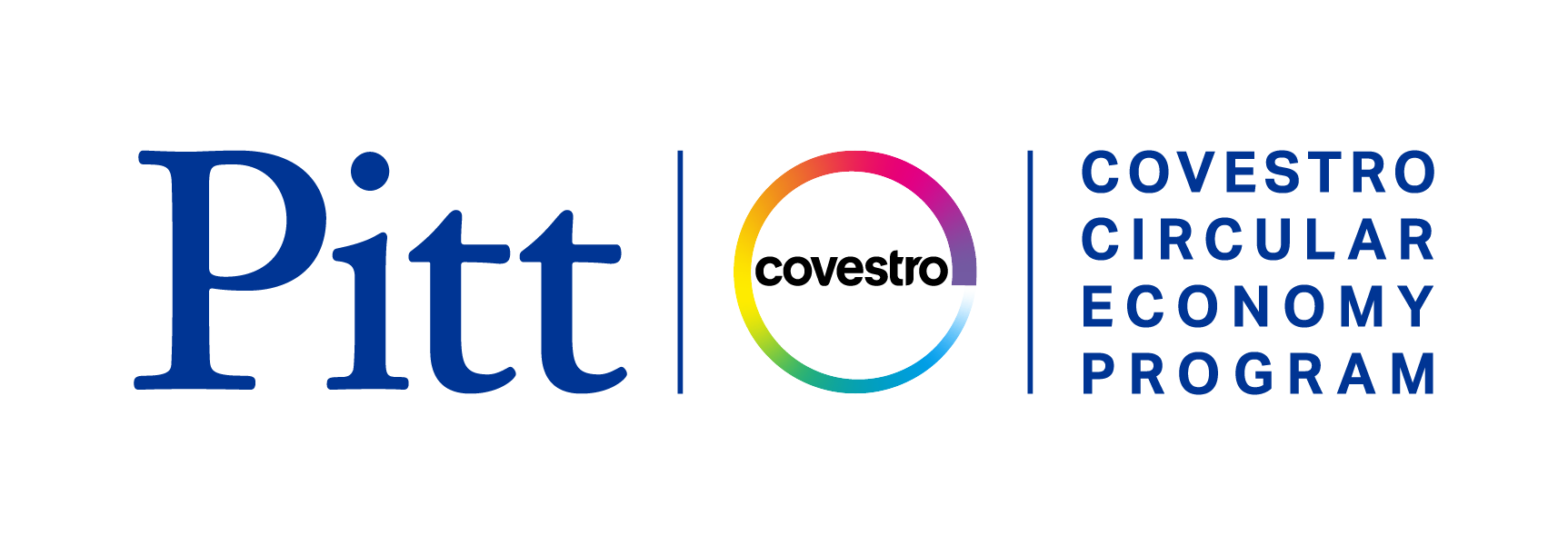The Covestro Circular Economy Program
PROGRAM OBJECTIVES
- Enable students at the University of Pittsburgh to earn a PhD from a home department while gaining additional unique expertise in circular economy principles, informed by Covestro LLC's successes in this area, and ultimately create circular, sustainable products and service solutions.
- Embed circular design principles into the graduate curriculum through innovative new courses and unique training opportunities.
DEPTH OF LEARNING
- Embark on a novel, cohort-based training program that integrates existing campus resources with new courses focusing on circular economy design.
- Conduct convergent circular economy research that addresses pressing societal needs.
- Experience a diverse and inclusive training environment that builds upon and extends our networks, ultimately establishing a diverse and inclusive academic environment for our program.
- Prepare for multiple career pathways with internships that strengthen students' understanding of various career opportunities.
LATEST UPDATES
Explore recent media and features which provide more information about Circular Economy Program objectives.
- Watch an interview with Dr. Melissa Bilec, the Co-Director of MCSI, and Tim Thiel, Covestro's Director of Sustainability and Public Affairs for North America, on Pittsburgh's local news station, WPXI.
- Watch Covestro's video introducing the Circular Economy Program and its goals.
